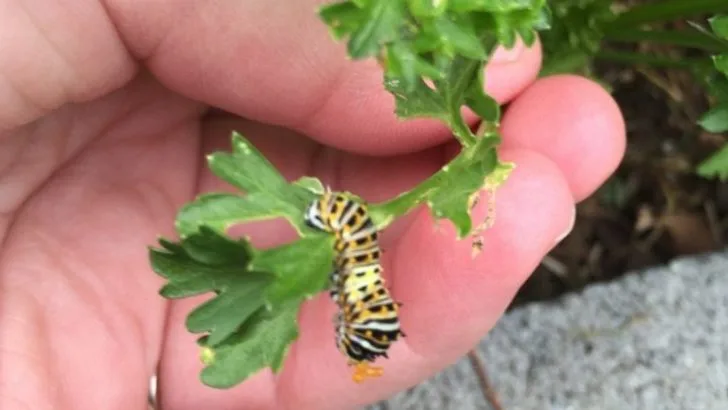Caterpillars are cute—until they turn your garden into an all-you-can-eat buffet. One day you’re admiring fresh green leaves. The next? Holes. Everywhere. Tiny green invaders chewing like they own the place. Sure, you could spend a fortune on sprays and gadgets. Or worse, wave around some chemical cocktail that scares off everything but the actual pests. But the real fix? It’s cheaper. Smarter. And way more satisfying. We’re talking pantry items, sneaky tricks, and old-school moves that send caterpillars packing—without wrecking the rest of your garden. If you’re ready to stop playing defense and actually win this leafy war, keep reading. The solution’s closer (and simpler) than you think.
Handpicking
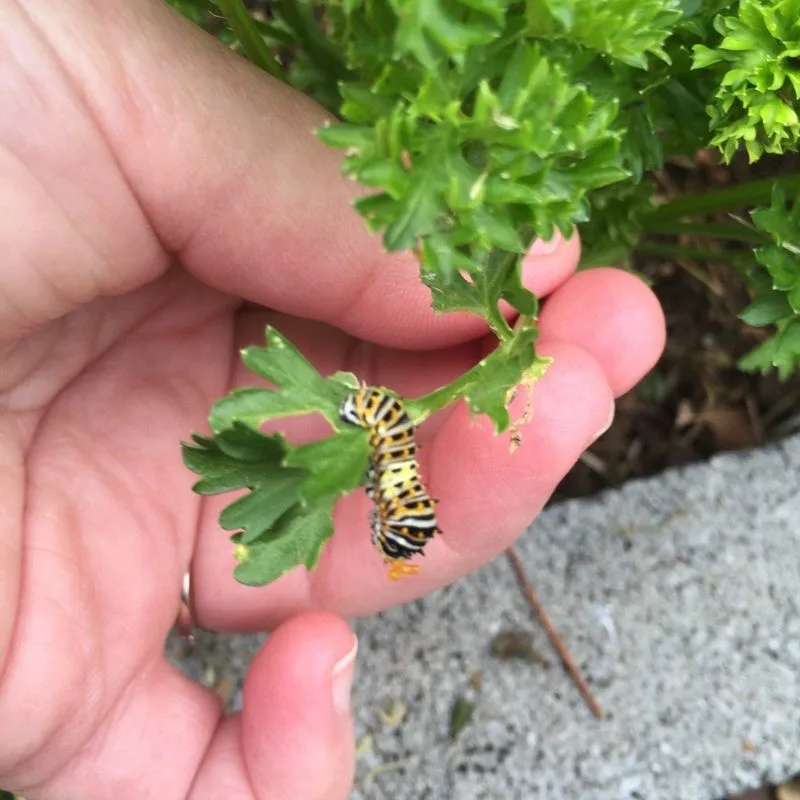
Gently removing caterpillars by hand is a simple and effective method. It requires patience and a careful eye to spot these critters. Consider doing this early in the morning when they are less active.
Neem Oil Spray
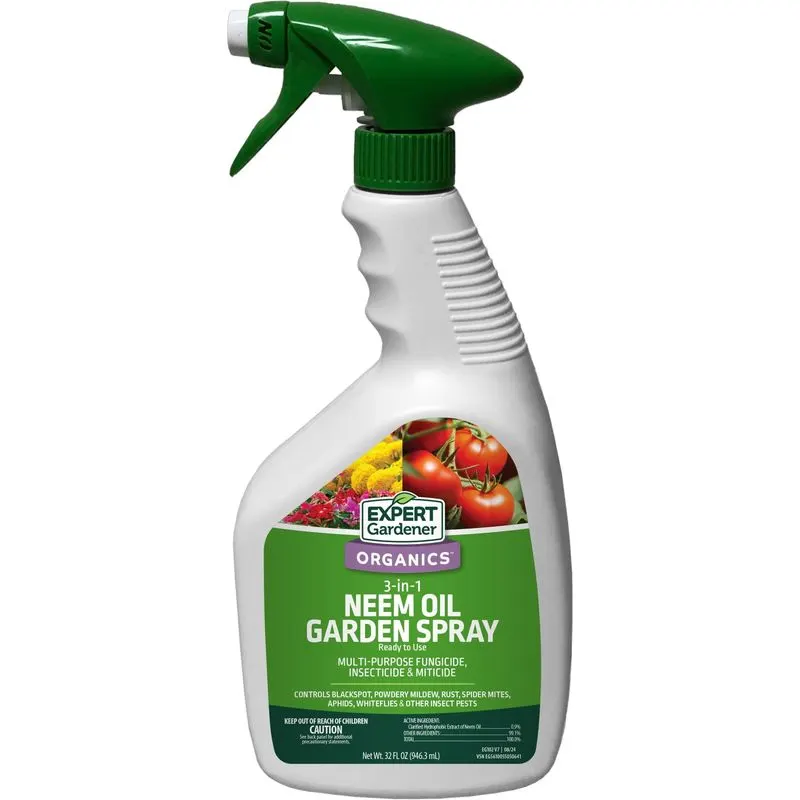
Neem oil acts as a natural pesticide, discouraging caterpillars from munching on leaves. Mix it with water and spray on affected plants. Its repellent properties make it ideal for organic gardening.
Birdhouses
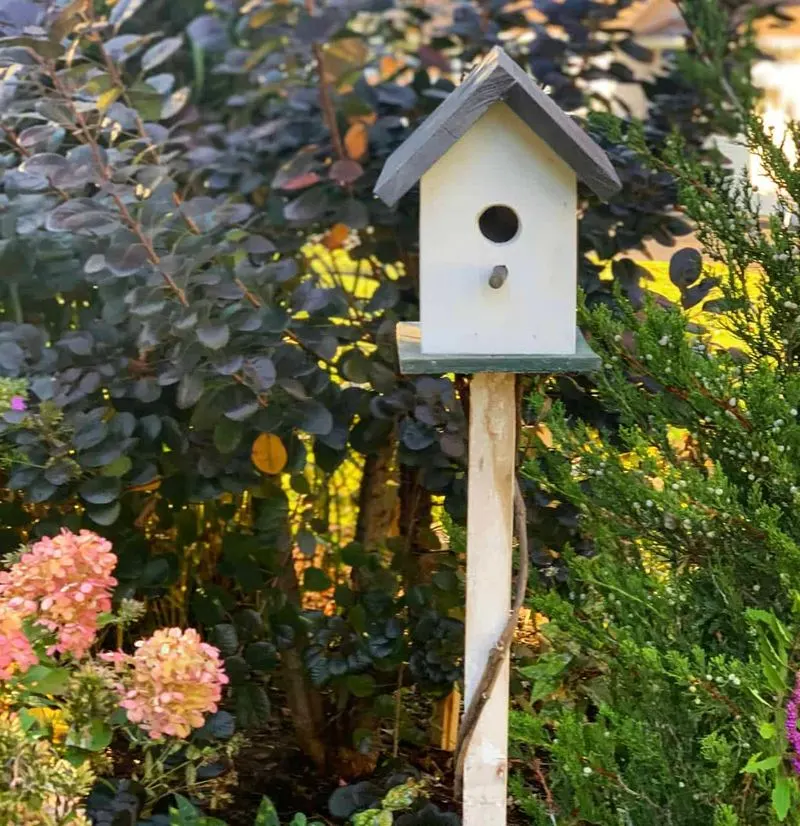
Attracting birds to your garden is a sustainable way to control caterpillar populations. Birds are natural predators and will feast on these insects, reducing their numbers significantly.
Garlic Spray

Garlic’s pungent odor deters caterpillars effectively. Blend garlic with water, strain, and use the liquid to spray plants. This natural solution is both cost-effective and environmentally friendly.
Soap and Water

A mixture of soap and water can suffocate caterpillars on contact. Spray the solution directly onto the critters. This method is easy to prepare and apply, making it a popular choice for gardeners.
Companion Planting

Planting certain species like marigolds and lavender can naturally repel caterpillars. These plants emit scents that caterpillars find unappealing, offering a fragrant and beautiful garden solution.
Bacillus Thuringiensis (Bt)
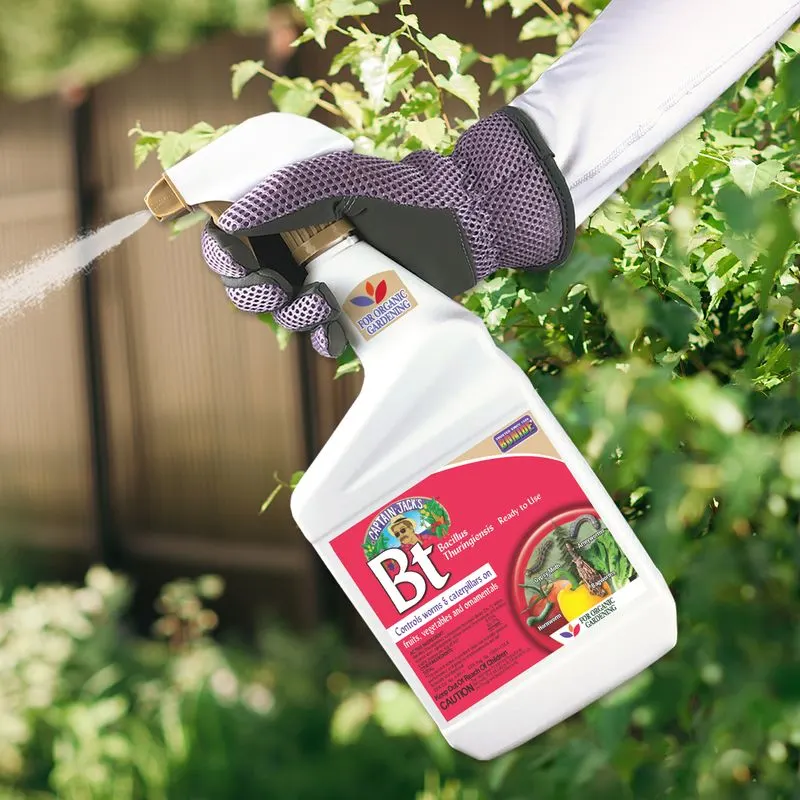
Bt is a natural bacterium that targets caterpillars. It disrupts their digestive system, effectively controlling their population. Safe for other wildlife, it’s a trusted method among organic gardeners.
Diatomaceous Earth
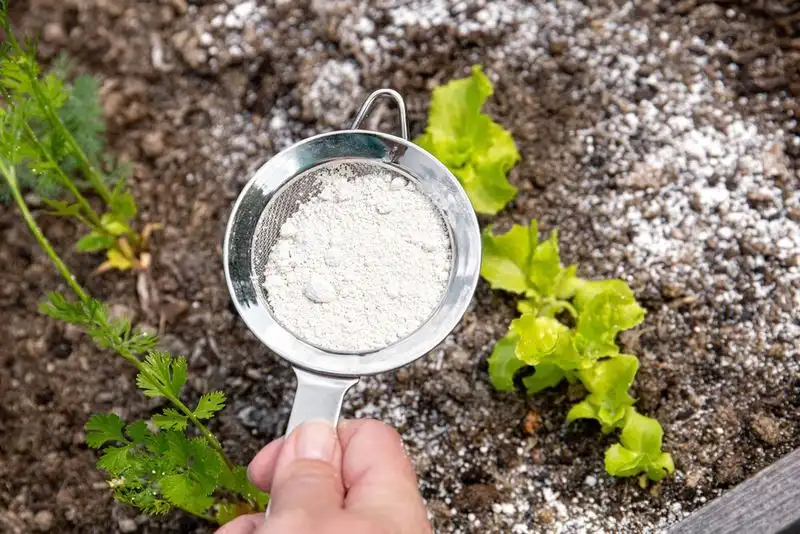
Sprinkling diatomaceous earth around plants can deter caterpillars. The fine powder dehydrates them, leading to their demise. It’s a safe, chemical-free option for keeping gardens pest-free.
Netting
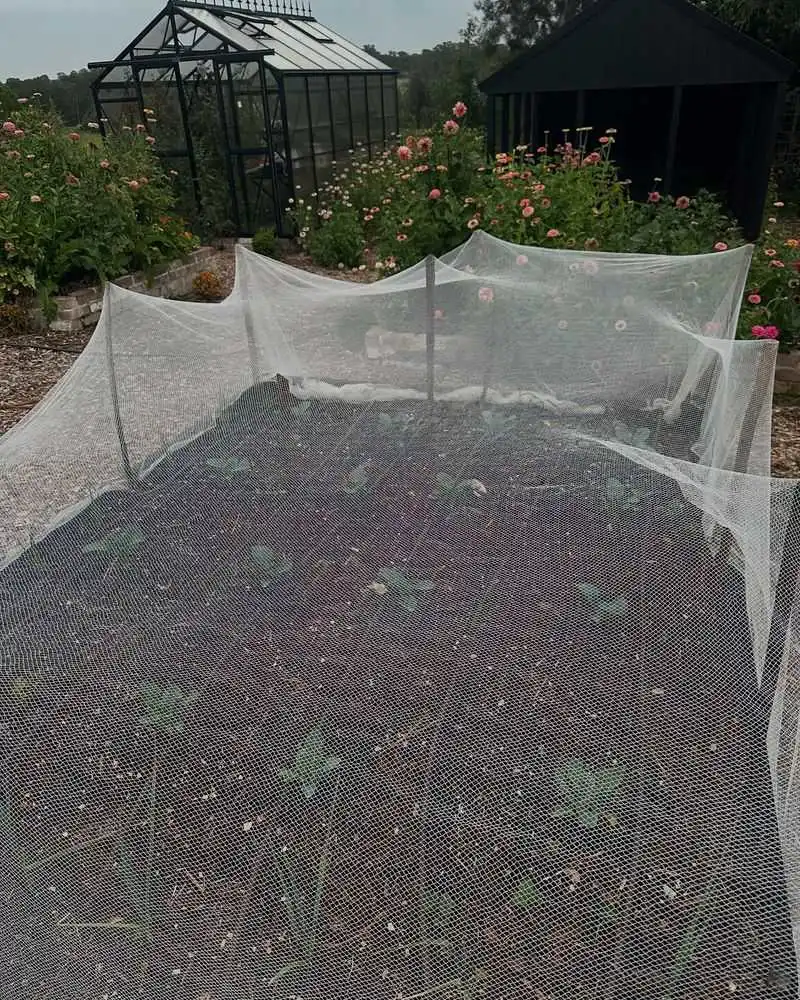
Using netting can physically block caterpillars from accessing plants. This barrier method protects plants while allowing sunlight and rain through, maintaining a healthy garden environment.
Eggshells
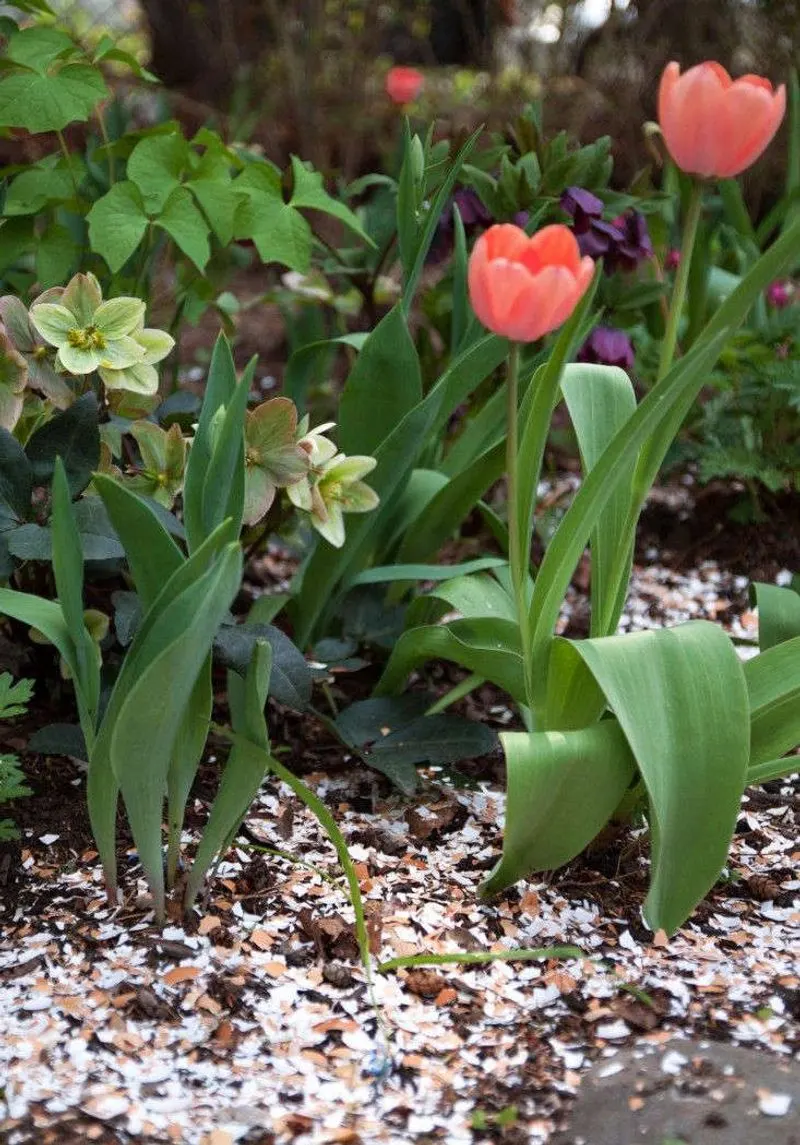
Crushing eggshells and spreading them around plants can deter caterpillars. The sharp edges are uncomfortable for these pests to navigate, providing an eco-friendly solution to garden protection.
Peppermint Oil
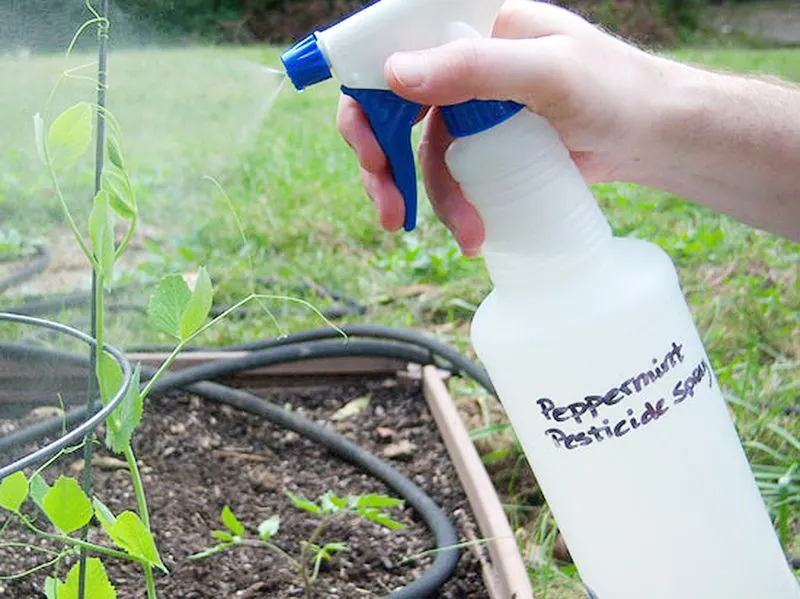
Peppermint oil’s strong scent repels caterpillars effectively. Mix with water and spray around plants. This aromatic method not only deters pests but also leaves your garden smelling delightful.

